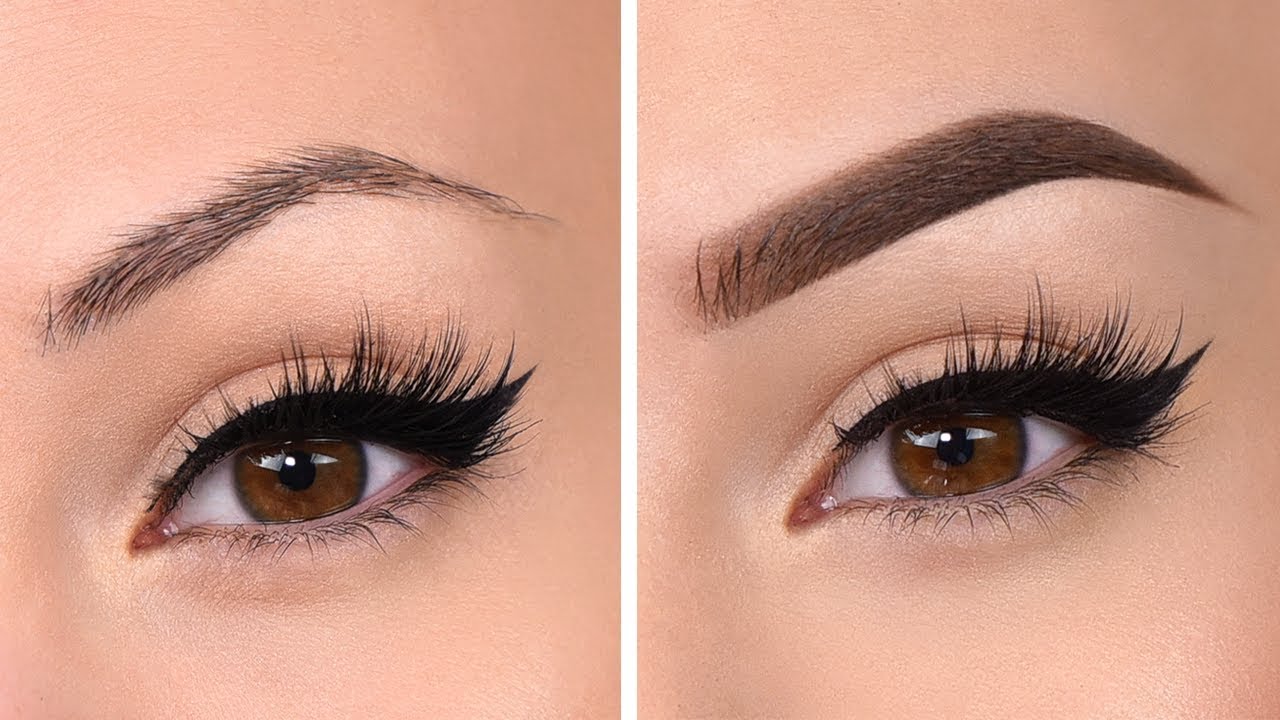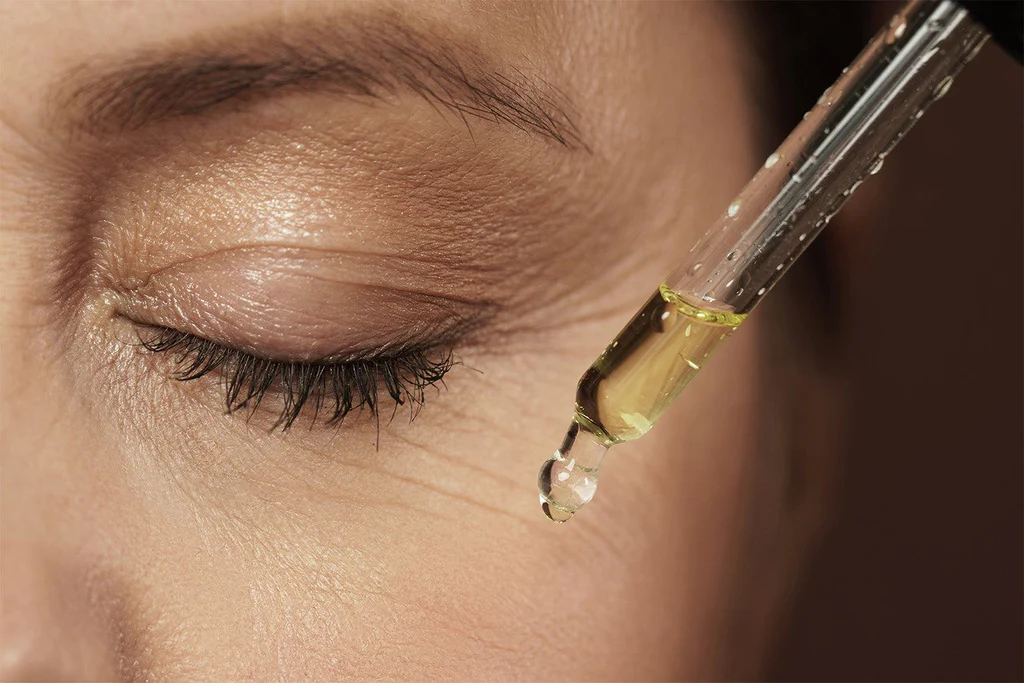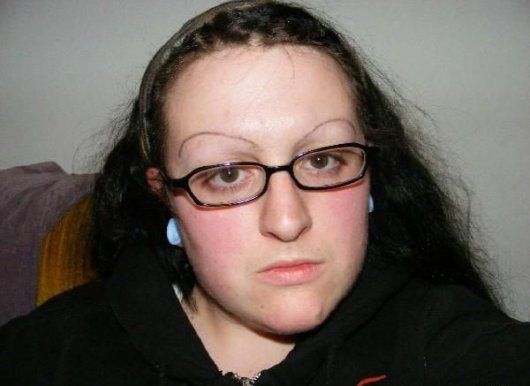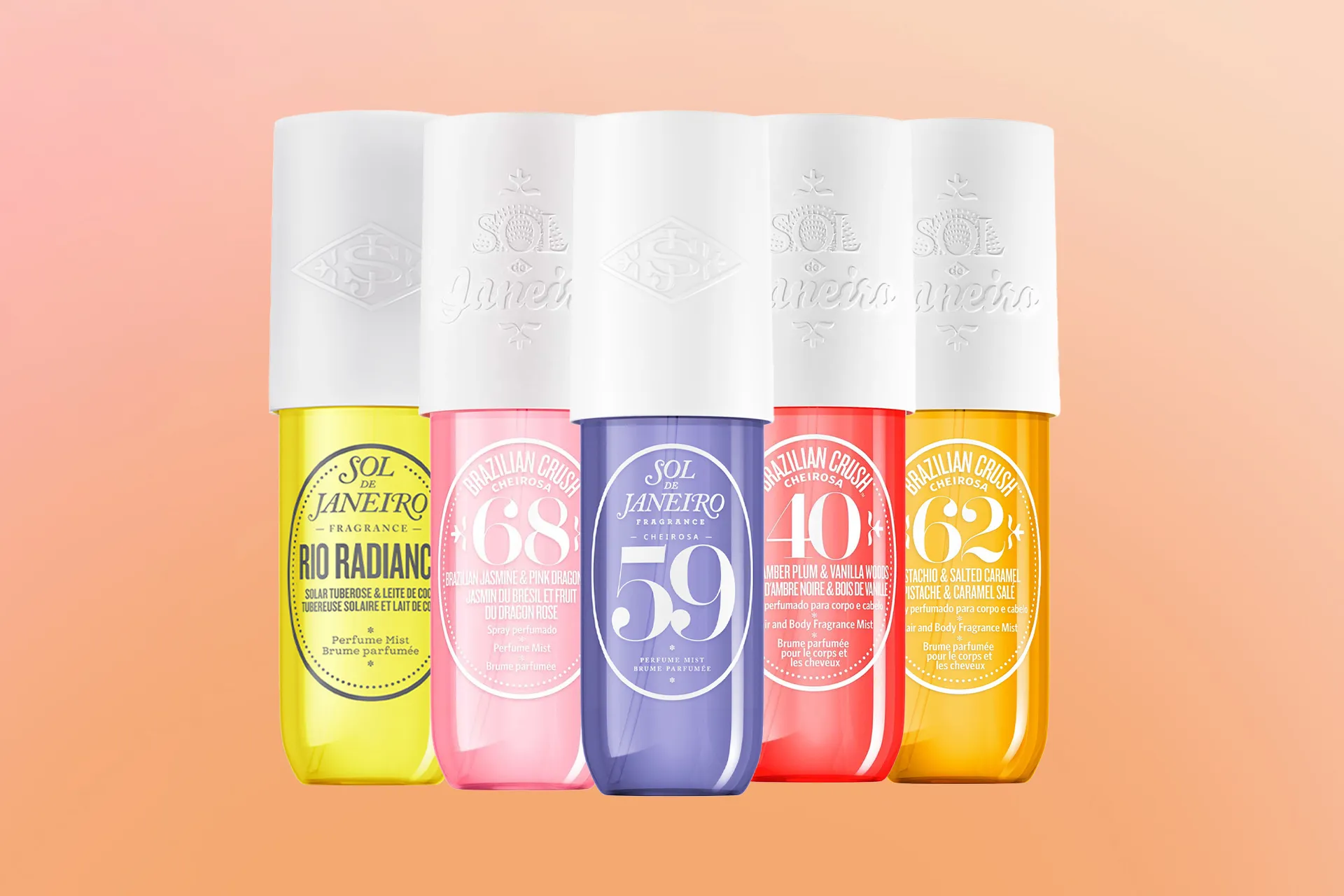Maya eyebrows are a type of 3D hair that can be created in Autodesk Maya, a popular software for 3D modeling, animation, and rendering. Maya eyebrows can add realism and expression to your 3D characters, whether they are human, animal, or fantasy. In this blog post, we will explain what Maya eyebrows are, how they work, and how to create them using XGen, a powerful tool for generating and grooming hair in Maya.
What are Maya eyebrows?
Maya eyebrows are essentially a collection of hair strands that are attached to a 3D mesh, such as a human head. Each hair strand is called a primitive, and it can have different attributes, such as length, width, color, curl, and clump. Maya eyebrows can be controlled by using guides, which are curves that define the shape and direction of the hair. Guides can be created manually or automatically, and they can be edited using various tools, such as move, rotate, scale, and comb.
Maya eyebrows can also be influenced by modifiers, which are nodes that apply effects to the hair, such as noise, cut, expression, and clump. Modifiers can be added, removed, reordered, and blended to create different styles and variations of eyebrows. Modifiers can also be driven by maps, which are images that define the values of the hair attributes across the surface of the mesh. Maps can be painted, imported, or generated procedurally, and they can be used to create realistic details, such as color variation, density, and thickness.
How do Maya eyebrows work?
Maya eyebrows work by using XGen, a system that allows you to create and manipulate hair and fur in Maya. XGen was originally developed by Disney Animation Studios for their feature films, such as Tangled and Frozen, and it was later integrated into Maya. XGen is based on the concept of descriptions, which are sets of parameters that define the properties and behavior of the hair. Each description can have its own primitives, guides, modifiers, and maps, and it can be assigned to a specific region of the mesh.
XGen uses a spline-based approach to generate hair, which means that the hair is represented by curves that are interpolated between the guides. This allows for a high level of control and flexibility, as you can edit the guides and modifiers to achieve the desired look. XGen also uses a dynamic approach to generate hair, which means that the hair is created on the fly at render time, rather than being stored as geometry. This allows for a high level of performance and scalability, as you can create millions of hair strands without slowing down the viewport or consuming too much memory.
How to create Maya eyebrows?
To create Maya eyebrows, you need to follow these basic steps:
- Prepare the mesh: Before you can create hair, you need to have a 3D mesh that has a proper topology, UV layout, and texture. The mesh should also have a scalp region, which is where the hair will grow from. The scalp region can be a separate mesh, or a part of the main mesh, and it should have a clean and even distribution of polygons. You can use Maya’s modeling tools, such as extrude, merge, and smooth, to create and refine the scalp region.
- Create a description: Once you have the mesh ready, you need to create a description for the eyebrows. To do this, you need to select the mesh and go to Generate > Create Description. This will open the XGen window, where you can name the description, choose the primitive type, and set the density and length of the hair. For eyebrows, you can use splines as the primitive type, and set a low density and length, such as 10% and 0.5 cm. You can also adjust the width and taper of the hair, and choose a color from the texture or a custom ramp.
- Create guides: After you create the description, you need to create guides for the eyebrows. To do this, you need to go to Guides > Create Guides. This will create a set of guides that follow the shape of the scalp region. You can use the Guide Editing tools, such as move, rotate, scale, and comb, to adjust the position, orientation, and length of the guides. You can also use the Guide Clumping tools, such as clump, cut, and noise, to create variations and details in the guides. You can also add or delete guides, and use the Guide Selection tools, such as select, grow, and shrink, to isolate and modify specific guides.
- Add modifiers: Once you have the guides ready, you can add modifiers to the eyebrows. To do this, you need to go to Modifiers > Add Modifier. This will open a list of modifiers that you can apply to the hair, such as noise, cut, expression, and clump. You can choose the modifier that suits your needs, and adjust its parameters in the Attribute Editor. You can also reorder, disable, or delete modifiers, and use the Modifier Blending tools, such as blend, mask, and invert, to control how the modifiers affect the hair. You can also use maps to drive the modifiers, by going to Maps > Create Map. This will allow you to paint, import, or generate images that define the values of the hair attributes, such as color, density, width, and clump.
- Preview and render: After you add the modifiers, you can preview and render the eyebrows. To preview the hair, you need to go to Preview/Output > Update Preview. This will generate a low-resolution version of the hair in the viewport, which you can use to check the overall look and shape of the eyebrows. You can also adjust the Preview Settings, such as density, width, and segments, to change the quality and appearance of the preview. To render the hair, you need to go to Preview/Output > Generate Output. This will generate a high-resolution version of the hair at render time, which you can use to see the final result of the eyebrows. You can also adjust the Output Settings, such as density, width, segments, and dicing, to change the quality and performance of the render. You can use any renderer that supports XGen, such as Arnold, RenderMan, or V-Ray.
FAQs
Here are some frequently asked questions about Maya eyebrows:
- Q: How can I make the eyebrows more realistic?
- A: To make the eyebrows more realistic, you can use maps to create variations and details in the hair attributes, such as color, density, width, and clump. You can also use modifiers, such as noise, cut, expression, and clump, to create effects and styles in the hair, such as curly, straight, thin, thick, and arched. You can also use reference images or photos to match the shape and direction of the eyebrows to the character’s face and expression.
- Q: How can I make the eyebrows more stylized?
- A: To make the eyebrows more stylized, you can use guides to create custom shapes and directions for the hair, such as angular, curved, or asymmetrical. You can also use modifiers, such as expression, to create expressions and emotions in the hair, such as angry, sad, or surprised. You can also use colors and ramps to create gradients and contrasts in the hair, such as dark, light, or rainbow.
- Q: How can I make the eyebrows more dynamic?
- A: To make the eyebrows more dynamic, you can use modifiers, such as expression, to animate the hair attributes, such as length, width, and curl. You can also use expressions or scripts to link the hair attributes to the character’s facial rig, such as blend shapes or joints. You can also use dynamics, such as nHair or Bifrost, to simulate the hair motion, such as wind, gravity, or collision.
Conclusion
Maya eyebrows are a great way to add realism and expression to your 3D characters. By using XGen, you can create and manipulate hair and fur in Maya with ease and flexibility. You can use primitives, guides, modifiers, and maps to control the properties and behavior of the hair, and create different styles and variations of eyebrows. You can also preview and render the hair with any renderer that supports XGen, and achieve stunning results.
We hope you enjoyed this blog post, and learned something new about Maya eyebrows. If you have any questions or feedback, please leave a comment below. Thank you for reading, and happy creating! 😊
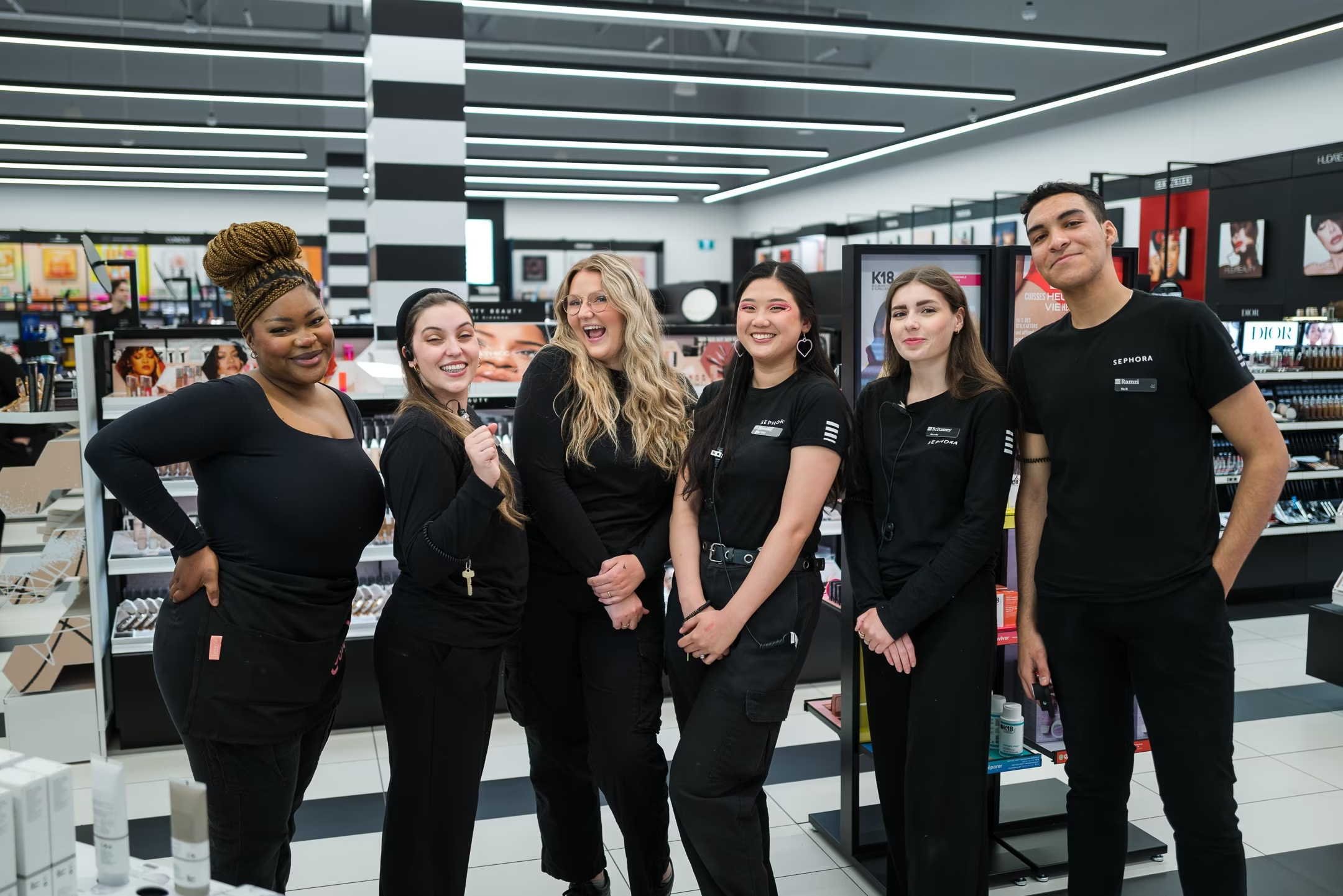
 By
Your Beauty Plug
By
Your Beauty Plug

